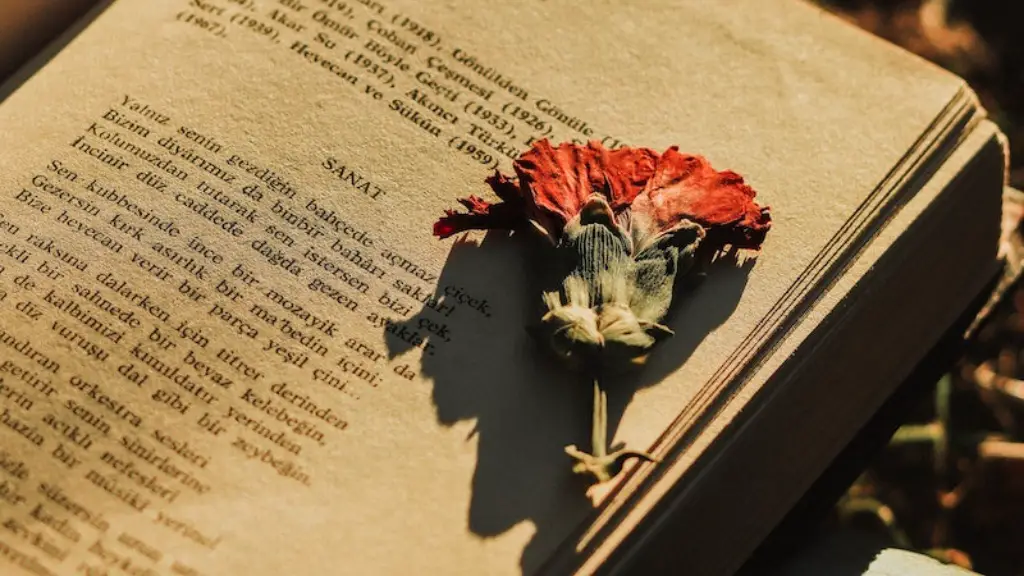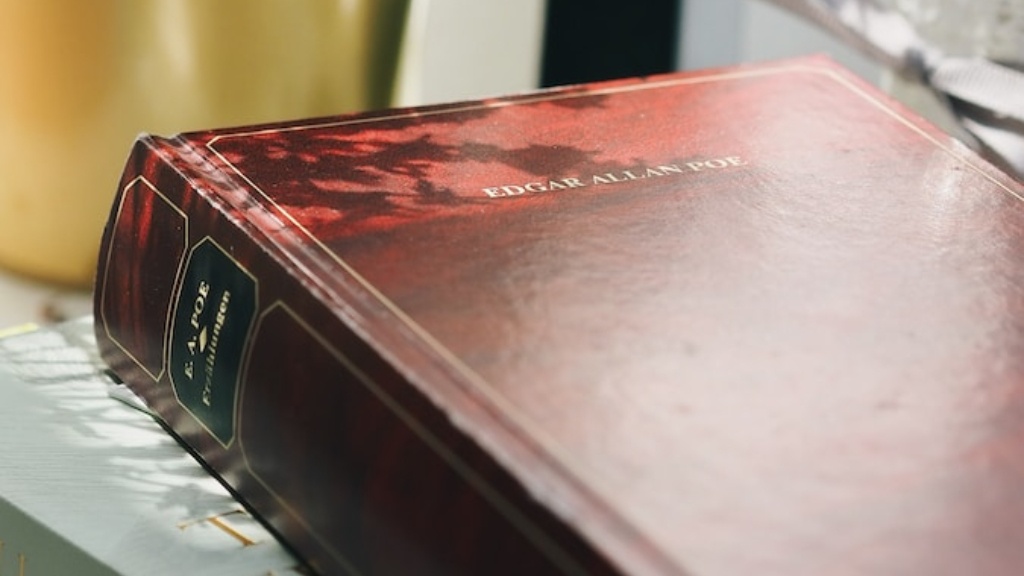Introduction
Annotating a poetry book can be a daunting task, but it is possible to make it an enjoyable experience with the right strategies. Annotating poetry books can be useful for gaining insights into the writing, delving deeper into it, and can even help to improve grades. Through annotating a book of poetry, readers can gain a better understanding of the writer’s themes, ideas, and techniques which can then be used in essays or writing tasks. The following steps will give useful tips on how to go about annotating a poetry book which will help to make the process easier, more enjoyable, and more effective.
Key Note Listing
The first step in annotating a poetry book is to create a key note listing of all the different topics and ideas addressed in the poems. This can be done by breaking down the poem into sections, paying attention to the main characters,writing style, and other elements such as figurative language. Additionally, as one reads the poem, they should consider what the poem is saying and take notes of any questions they may have concerning the poem or its topic. Taking notes while reading the poems can help readers better understand the poet’s overall themes, ideas, messages, and techniques.
Selecting a Tool
When annotating a poetry book, it is important to select the right tool for the job. There are many different tools available such as books markers and highlighters, sticky notes, pencils, and writing down all of the annotations in a separate notebook, or electronically using computer programs. Each of these tools has its own advantages and disadvantages, so it is important to select the one that will be the most effective and comfortable to use while annotating the poems. For example, highlighters and other marker type tools work well for creating visual cues of the different elements in the poem, while taking notes in a separate notebook can be useful for adding long-form commentary and for keeping track of one’s thoughts and insights.
Annotate in Context
Another important tip for annotating a poetry book is to annotation in context. That means looking at the poem in its entirety, not just focusing on one section or line. That way, readers can gain a better understanding of the poet’s overall message, themes and ideas behind the writing. Additionally, it is important to consider how the writer conveys their ideas and how this contributes to the overall message of the poem. By looking at the poem in its entirety and considering the different elements, readers can gain a deeper understanding of the poem and more easily pinpoint the key topics and ideas in each poem.
Analysis vs. Summary
When annotating a poetry book, it is important to distinguish between summarizing a poem and analyzing it. Summarizing a poem means listing the basic details such as characters, setting, and plot, while analyzing a poem means looking more deeply at the poem, paying attention to the figurative language, tone, and other elements. Analysis of a poem requires a deeper examination of the poem and is therefore more resource-intensive. An analysis of the poem can be made by considering the main themes, the underlying message, and by looking for any word choice or figurative language which could be used to develop a deeper understanding of the poem.
Diagrams and Graphs
Another useful strategy for annotating a poetry book is to make use of diagrams and graphs. Diagrams are helpful for visualizing the structure of the poem and for breaking down its different elements. Additionally, diagrams can be used to illustrate the poem’s main themes, motifs, and symbolism. Graphs can be useful for understanding the flow of the poem and can be used to compare the different themes, ideas, and messages in the poem. For example, a graph can be used to compare the different themes in a group of poems, or to track the development of the theme of the poem throughout the entire book.
Online Tools
For readers who are more comfortable with electronic tools, there are also several online tools available for annotating a poetry book. Most of these tools allow users to highlight and annotate text, create notes, link to resources, and even store the annotations electronically. Additionally, many of these tools are designed to be used in the classroom, allowing teachers to track the progress of student’s annotations and to provide feedback on their annotations. This can be a helpful for students who may be new to the process of annotating a book of poetry.
Follow Up Questions
One final tip for annotating a poetry book is to create follow up questions. After reading through the poems and having created a key note listing and analysis, it can be helpful to create several questions or prompts to answer or consider after finishing the book. This can help to further deepen the reader’s understanding of the poem and can be useful for developing new insights into the poem. Additionally, this can encourage further research and can help readers to identify potential topics for essays and other writing tasks.
Integrate Quotes
When annotating a poetry book, it can be helpful to integrate quotes throughout the annotations. Quotes can be used to highlight key moments and ideas in the poem and can be used to provide insight into the poet’s intentions and methods. Additionally, quotes can also be used to support arguments and further enhance the reader’s understanding of the poem.
Create an Outline
Another useful strategy for annotating a poetry book is to create an outline. Creating an outline can help readers to organize their thoughts and can make the process of annotating much easier. The outline should include the key points, topics, and themes addressed in the poems, as well as any analysis or insights which readers may have noticed. Additionally, readers can add quotes, questions, or other resources to the outline in order to further refine their understanding of each poem.
Use Visual Aids
To further enhance the annotation process, readers can make use of visual aids. Visual aids such as diagrams, tables, and graphs can be used to illustrate the key points and ideas in the poem. Additionally, visuals can be used to compare different poems and to analyze the relationships between the poems. Visual aids can be particularly helpful for readers who may be struggling to understand the poem or its message.
Evaluate Your Annotations
An important step in annotating a poetry book is to evaluate the annotations which the reader has made. This can help to identify any gaps in understanding and can be used to refine the reader’s overall understanding of the poem and its different elements. Additionally, evaluation of one’s annotations can be helpful in identifying any potential topics for further research or writing tasks.
Conclusion
Annotating a poetry book is a great way to gain a deeper understanding of the poem and its different elements. By following the steps outlined in this article, readers can make the process of annotating a poetry book much easier and more enjoyable. Additionally, readers can benefit from making use of the various tools available for annotating books of poetry and by engaging in thoughtful reflection and evaluation of their annotations.



